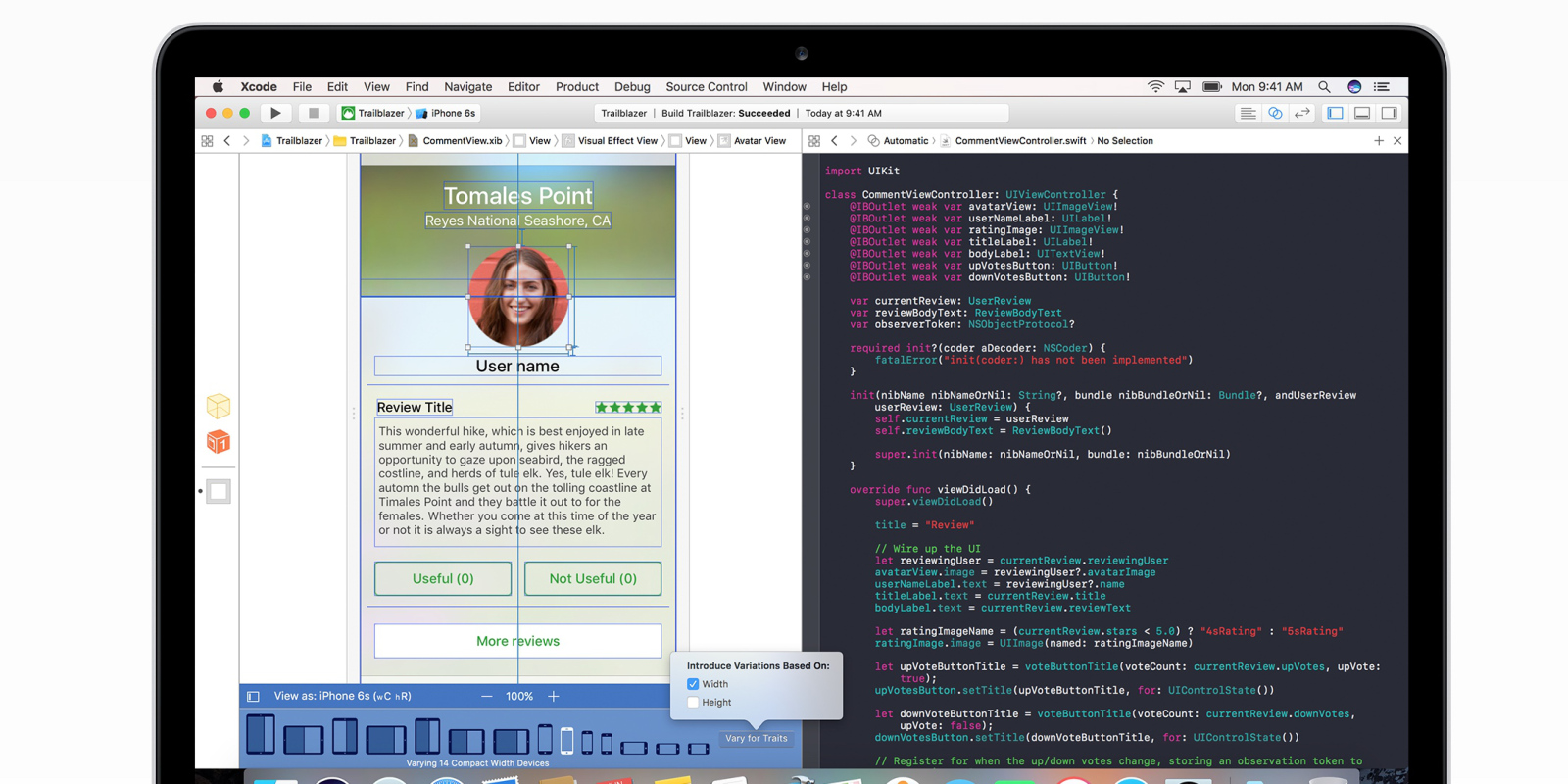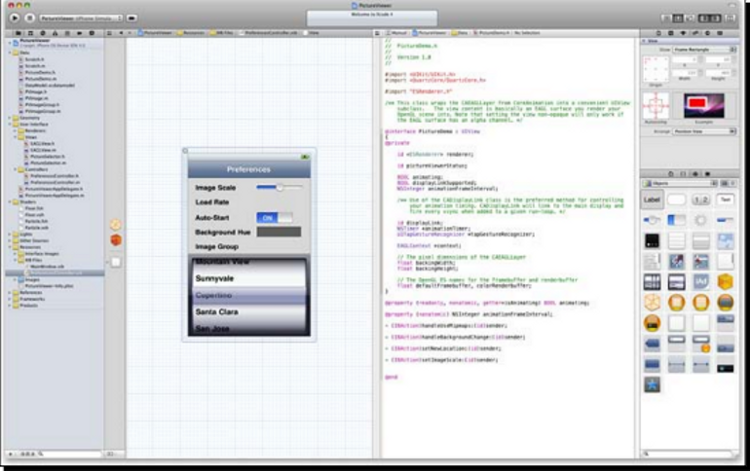

It will throw if it can't find anything in our Reality Composer Pro project by that name. We specify which entity we want to load using its string name, and we give it the bundle that our package produces. We use entity's asynchronous initializer to make us an entity with the contents from our Reality Composer Pro package. Let's see how we load this scene named DioramaAssembled at runtime. Or we can put just a few and then treat that scene like a little reusable assemblage. We can put a lot of things into a scene and treat that as our fully assembled scene. These tabs at the top each represent one root entity that we can load at runtime. In Eric's session, we made a Reality Composer Pro project that contains all the assets for our diorama arranged the way we want them. Then, we'll pick up from where Niels left off by connecting our custom material that we made using Shader Graph and drive elements of it from our code.
APPLE XCODE TOOLS HOW TO
And we'll learn how to work with audio that we set up in Reality Composer Pro. We'll learn about the new RealityView API in SwiftUI and discover how we can add user interface elements to our scene using the Attachments API. We'll explore how RealityKit components work, and how we can make use of them in code, including creating our own Custom Components. We'll start by programmatically loading 3D content from our Reality Composer Pro project. I'll show how we hooked up this slider and the point-of-interest buttons so that they affect the scene we made in Reality Composer Pro.

In this session, we'll explore how we arranged this content in Reality Composer Pro so that we could use it to drive the experience. We also have hovering 2D SwiftUI buttons positioned in 3D space that let you learn more about various points of interest in that map. Now we're looking at Catalina Island off the coast of Los Angeles. Here, we've added a slider to morph between two different California landmarks. In the previous Reality Composer Pro sessions, Eric assembled this scene, and Niels created the materials we're using on the topography. Seeing it in headset really gives you a sense of vastness that wasn't possible before without going there in person. We're looking at a topographical map of Yosemite National Park. First, let's look at the finished product we built, and then I'll take you through how we created each part. If you haven't watched their sessions already, I'd recommend you familiarize yourself with the editor UI and features of Reality Composer Pro covered in their sessions. In this session, we'll continue iterating on a project that my colleagues Eric and Niels created in their sessions, and we'll learn how to make it interactive in code. Reality Composer Pro is a developer tool for preparing RealityKit content to be used in your spatial computing app. In this session, we'll learn how to make spatial experiences using 3D content you assemble in Reality Composer Pro. ♪ Mellow instrumental hip-hop ♪ ♪ Hi, my name is Amanda, and I'm an engineer working on RealityKit and Reality Composer Pro.


 0 kommentar(er)
0 kommentar(er)
